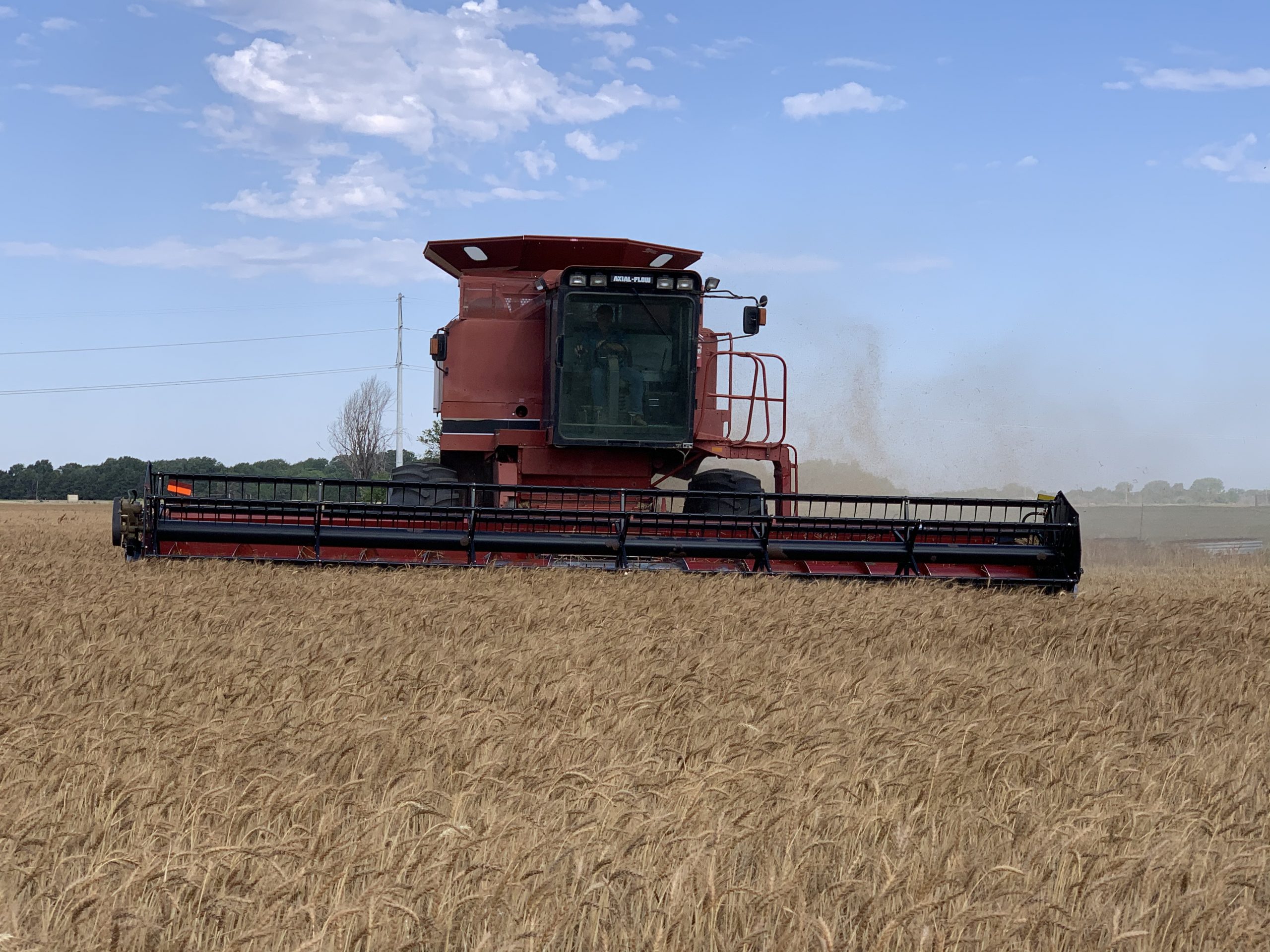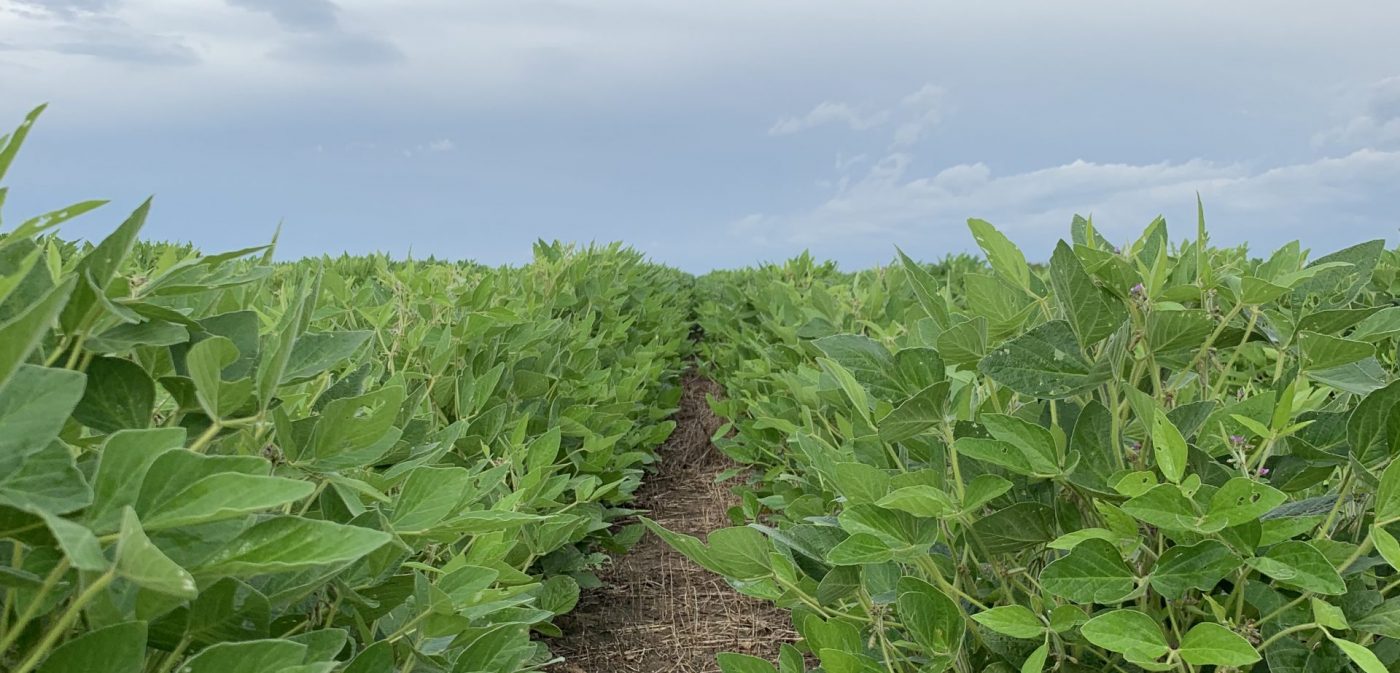
The Farmers’ Report Card: What does Harvest really tell us?
Harvest is an exciting time for farmers and their families! It is definitely one of my favorite times of the year and it is sad when it ends. To me, harvest time is when a farmer learns what farming practices worked, which didn’t, and what to do next year. You could compare it to a student receiving a report card at the end of the semester.
There are many different factors that go into figuring how well a crop did each year. The most common measure is yield, bushels per acre, tons per acre, or if you are not in the U.S. tonnes per hectare or kilograms per hectare. These are calculated based on weight and number per area of land. Typically, the more plants per acre or hectare, the more grain or commodity you harvest. Below is an example of how to calculate corn yield.

Economics
The return on investment or ROI calculates how much the crop made financially compared to the amount of inputs that the farmer used and paid for. For example, the farmer put in $50 per acre in seed, fertilizer, and pest control to raise his wheat. The wheat made 60 bushels/acre and the wheat sold for $4.00/bushel; his ROI would be $190 per acre. This is the simplified version of calculating ROI, but there are a lot more factors and steps to calculate the actual ROI. The total cost of inputs range from fuel, fertilizer, seed, to pesticides, and any other costs related to the growing of the crop in the field. Field operations should be practical and economical, as farmers want to spend less time in the field as possible. As the old saying goes “time is money” and farmers don’t have a lot of time to waste.

Questions, Questions, Questions….
Related to yield is the efficiency and performance of the crop. Below are some questions that farmers and agronomists should ask themselves at the end of each growing season or after harvest.
- Did the crop utilize the applied fertilizer efficiently?
- How much fertilizer did it use?
- How efficiently did the crop use water?
- Was this variety/hybrid well suited for this soil type?
- Did the variety/hybrid perform as advertised?
- What was one positive and one negative during this growing season?
- How well did the crop handle the stresses of the environment?
The answer to all of these questions helps the grower and the agronomist learn what practices worked, which did not, and what to change for next year. They also have to consider the environmental factors and how that affects the outcome. In addition, soil type plays a major role in the performance of a seed hybrid/variety. We’ll cover this more in another blog post.
Final Grade
They have to analyze what areas in the growing season they succeeded in and what areas need improvement. The subjects I like to analyze are seed choice, fertility, pest control, and overall efficiency of operations. Each has their strengths and weaknesses, but how it all performed at the end is the final grade.
On an additional note, if you ever see a farmer harvesting their crop, stop and say hello or drop off a water or a snack. They appreciate the gesture and most of them will even ask if you want to ride in the tractor or combine. They enjoy the company and want to make you aware of the crops they produce.
Enjoy our highlight video from our wheat and corn harvests of 2020!




